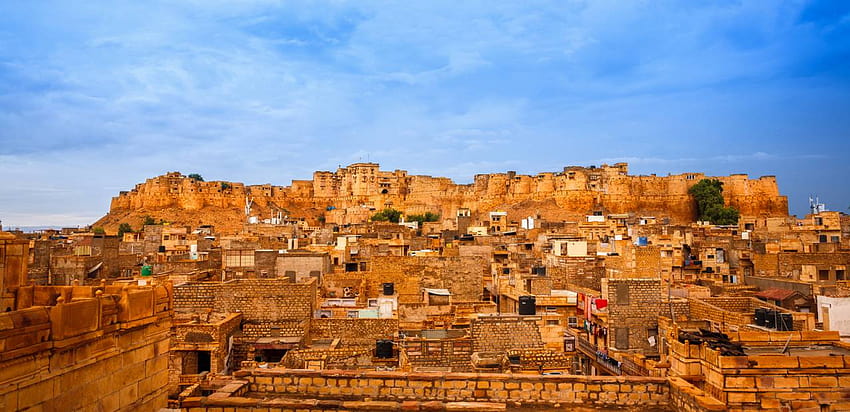Located near Sawai Madhopur, Ranthambore National Park is renowned worldwide for its Bengal tigers. Conservation efforts here focus extensively on protecting the tiger habitat and ensuring the survival of this majestic species. Rajasthan Bhumi Tours advocates for responsible wildlife tourism practices that prioritize minimal disturbance to the park’s flora and fauna while offering enriching experiences to visitors.
Efforts in Ranthambore include habitat restoration projects aimed at maintaining biodiversity, anti-poaching patrols to curb illegal activities, and community involvement through conservation education. Local communities play a vital role in these efforts, participating in initiatives that reduce human-wildlife conflict and promote sustainable livelihoods via eco-tourism activities.
Keoladeo National Park: Sanctuary for Migratory Birds
Keoladeo National Park, also known as Bharatpur Bird Sanctuary, is a UNESCO World Heritage Site celebrated for its diverse avian population, particularly during the winter migratory season. Conservation efforts in Keoladeo revolve around wetland restoration, water management, and habitat conservation to support the park’s numerous bird species.
Rajasthan Bhumi Tours promotes responsible birdwatching and nature tourism practices that respect the sanctuary’s delicate ecosystem. Visitors are encouraged to join guided tours led by knowledgeable naturalists who emphasize the importance of bird conservation and the unique wetland ecosystems of Keoladeo.
Sariska Tiger Reserve: Rehabilitating Predators
Sariska Tiger Reserve faced significant challenges in the early 2000s when its tiger population was severely depleted due to poaching. Conservation efforts since then have focused on reintroducing tigers and restoring the predator-prey balance within the reserve. Today, Sariska hosts a growing tiger population alongside other wildlife such as leopards, sambar deer, and a variety of bird species.
Rajasthan Bhumi Tours actively supports conservation programs in Sariska through sustainable tourism practices that contribute to wildlife monitoring and protection. Visitors can engage in eco-friendly safaris and guided nature walks designed to raise awareness about Sariska’s conservation successes and ongoing challenges.
Challenges and Solutions
Like many regions undergoing rapid development, Rajasthan faces conservation challenges such as habitat fragmentation, human-wildlife conflict, and illegal wildlife trade. Rajasthan Bhumi Tours collaborates closely with conservation organizations, local communities, and government authorities to address these challenges through:
- Community Engagement: Involving local communities in conservation efforts through education, sustainable livelihood programs, and community-based tourism initiatives that benefit rural economies.
- Research and Monitoring: Supporting scientific research and wildlife monitoring programs to gather essential data for conservation management and policy-making.
- Awareness and Education: Promoting environmental awareness among tourists and local communities through guided tours, workshops, and outreach programs that highlight the significance of conservation.
Conclusion: Commitment to Conservation
Choosing to explore Rajasthan’s national parks with Rajasthan Bhumi Tours not only offers unforgettable wildlife experiences but also contributes directly to the conservation of Rajasthan’s natural heritage. By advocating responsible tourism practices and supporting sustainable development, we ensure that future generations can continue to enjoy and benefit from these precious ecosystems. Join us in discovering Rajasthan’s national parks and witness firsthand the efforts dedicated to protecting and preserving our wildlife and natural landscapes.
Explore Rajasthan’s National Parks with Rajasthan Bhumi Tours and be part of our commitment to conservation and sustainable tourism.
3.5



